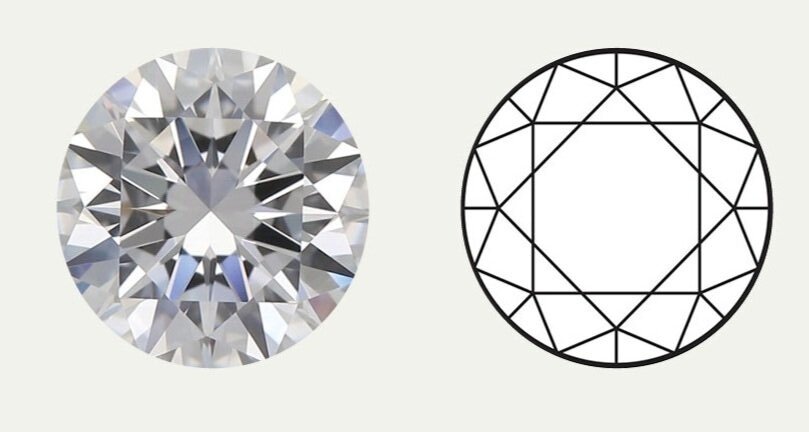
GEMSTONE CUTS
There are many types of gemstone cut in the jewellery world, but a few became popular and celebrated in modern jewellery. Learn about the 10 most well-known gemstone cuts in the world and some of our favourite unusual cuts. We hope these can give you some inspiration for your next piece of jewellery.
ROUND BRILLIANT CUT
Possibly the world’s most popular choice for diamond as it gives off the most brilliance, which is the technical term for dazzling white light. It has 58 precision-cut facets and it is a truly perfect to add a timeless, classic element to any design, guaranteed never to go out of style.
RADIANT CUT
An octagonal shape that’s known for its elegant and contemporary allure. It combines the decadence of the emerald cut’s ‘hall of mirrors’ effect with the incredible sparkle of a round cut. Radiant cuts have a higher number of facets than a cushion-cut diamond. This means it gives off more sparkle, brilliance and fire but its angle abundance also conceals any natural inclusions much better, which gives it a higher clarity rating.
PRINCESS CUT
A geometric silhouette with crisscrossing fiery sparkle, this lovely cut is actually very versatile as can suit both traditional and contemporary design styles. It gives off the same brilliance and fire – the terms for bright white light and sparks of rainbow colours – as the round brilliant cut thanks to its 76 facets. It can also make a diamond look bigger than it is when compared to a round-cut stone of the same carat weight.
PEAR BRILLIANT CUT
Also known as the teardrop cut or pendeloque cut, this is a half-marquise and half-round shape. It has bold unbridled dazzle combined with a tapered elegance which results in a real statement-maker diamond. Pear-cut stones in a ring setting are typically worn with the sharp end pointing towards the fingertip which creates an elongating effect. This cut is a beautiful balance of classic and modern, feminine and edgy. It comprises 58 facets that set off both brilliance and fire - the tech terms for bright white light and colourful rainbow glints.
OVAL BRILLIANT CUT
If you are looking for an elongated shape that still offers plenty of fire and brilliance, an oval brilliant-cut could be the answer for you. Considered one of the brightest shapes of all, an oval-cut diamond has 56 facets giving off excellent brilliance. It’s a real budget optimiser as it can make the stone appear bigger than the carat weight would suggest. Go for a size ratio of 1.5:1 (a length that’s one and a half times the size of the width) will ensure that your diamond doesn’t give off a shadowy bowtie effect through the centre.
MARQUISE CUT
A beautiful cut that works well either in horizontal or vertical. This cut is very sparkly and works well even in small sizes as accent side stones. The marquise is a pointed-end oval shape that has 58 facets, which create a sophisticated, deep lustre rather than the out and out sparkle of, say, a round-cut diamond shape. One huge advantage of this elliptical shape is that its elegant length can make a diamond appear larger than similar stones of the same carat weight.
ROSE CUT
An old-fashioned style, rose cut is first popular in the Georgian and Victorian eras. It is completely flat on the backside and domed on the top faceted side. With far fewer facets cut into the stone, this ancient cut does not have the same level of sparkle as all the others, but it has its own unique old-world charm. With no pointed back to the stone, it can be set very low on a ring.
EMERALD CUT
The long lean facets of this cut are designed to showcase clarity and lustre over sparkle, so you get a cleaner more modern architectural look instead of a twinkly disco-ball effect. An impeccably clean-lined design with a long uninterrupted flat plane at the top which makes a diamond look bigger than it truly is. As the name suggests, it comes from emerald-cutting techniques and has between 50 and 58 facets, which refract light in a way that creates distinct dark and light inner planes.
CUSHION CUT
A square-ish diamond with soft sides and rounded corners which, funnily enough, resembles a pillow cushion silhouette. It’s also called a candlelight diamond because it creates a particularly elegant sparkle under soft, warm light. Known for its romantic antique appeal, the cushion cut is popular in antique jewellery, this shape and cut instantly add a vintage feel to any design. The cut normally has 58 facets and its relative width compared to, say, a round-cut diamond means that it gives off a lot of fire or rainbow-like glimmers.
ASSCHER CUT
A symmetrical square of brilliance formed by four-sided intricately stepped cuts. Light reflects off of this shape’s 72 facets to create a kaleidoscopic ‘hall of mirrors’ effect. In many ways very similar to an emerald cut but without the elongated feel. The precise, stepped facets on this design create a beautiful pyramid-like effect in the stone. Perfect for Art Deco styles, or if going for a more clean architectural look.
UNUSUAL CUT
There are many other unusual cuts available, here are some of the examples. If you have an unusual cut in mind and would like us to source or cut, simply get in touch today to find out more.






















